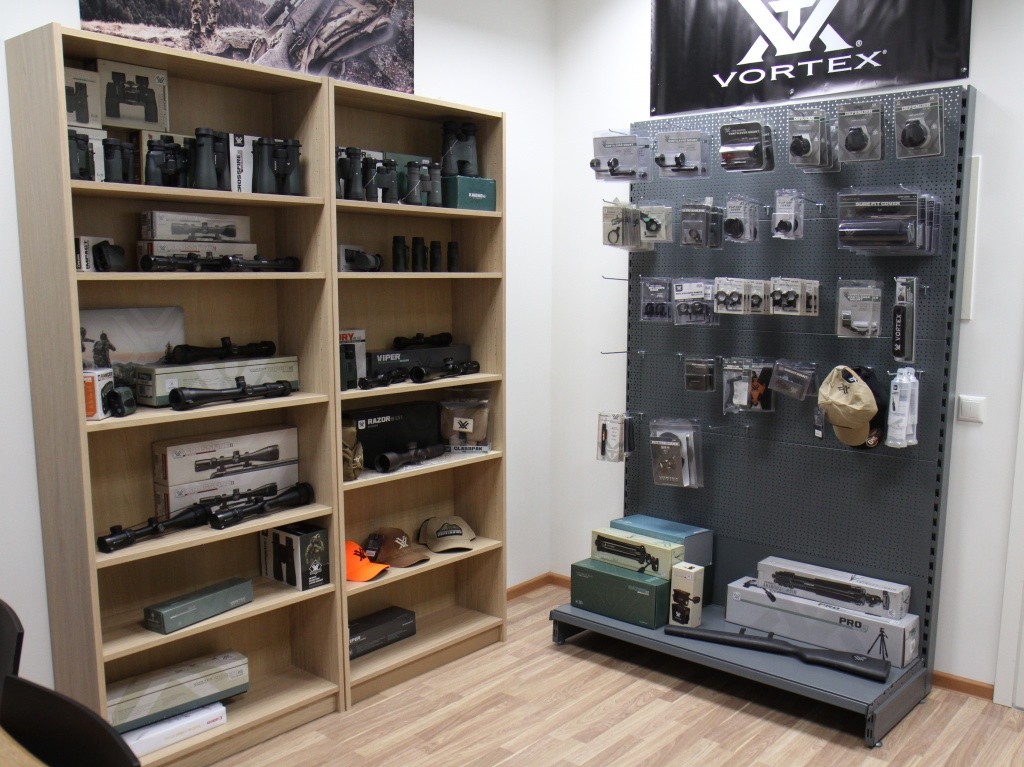
Vortexbalt showroom in Tallinn
In january, we opened a cozy showroom in Tallinn at 56 Tatari. Here you can choose, compare different products, chat…

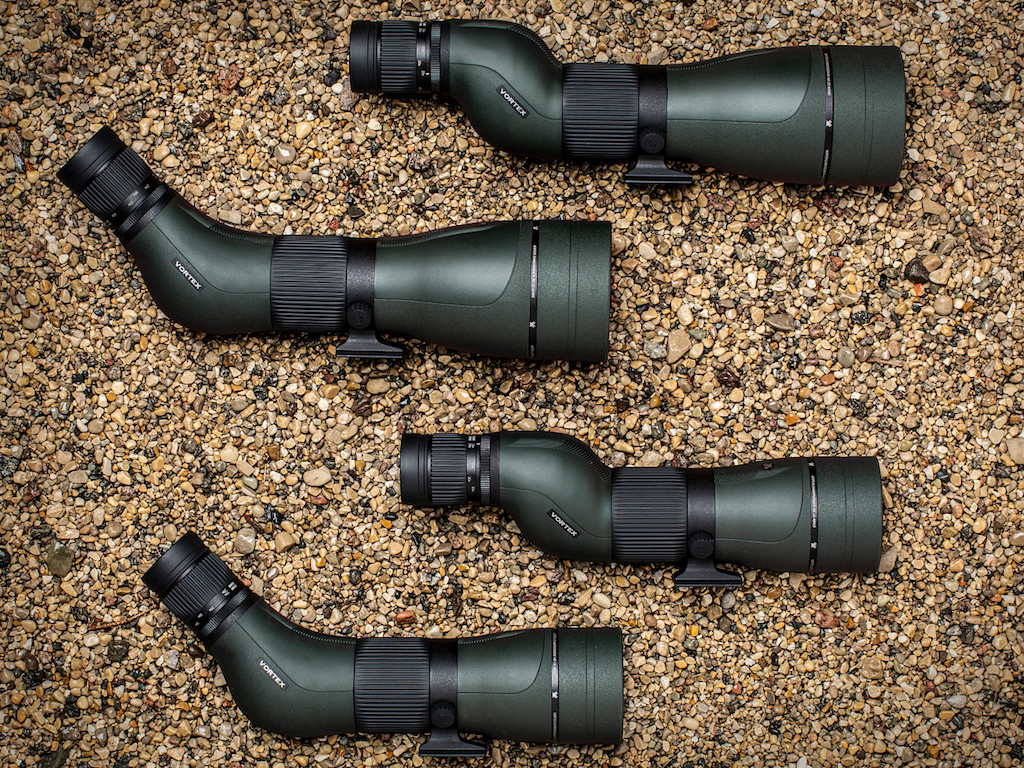
Straight vs Angled Spotting Scope – Which is best?
02.12.2022
If you are reading this article, then you have already wondered – straight or angled? What type of spotting scope is right for your tasks? Let’s figure it out!
The choice of right spotting scope must be approached in detail as it is one of the most important part of your equipment and sometimes the most expensive.
In this article, we will go through the main features of the straight and angled configurations, highlight the pros and cons, and help you make the right decision before purchase.
In a straight scope, the eyepiece is on the same axis as the objective, while in an angled it is usually set at 45 degree angle.
Since spotting scopes usually have a much higher magnification than binoculars, you will need to mount them on a tripod.
Let’s look at some differences using the example of a Vortex Viper HD 20-60×85 Spotting Scope
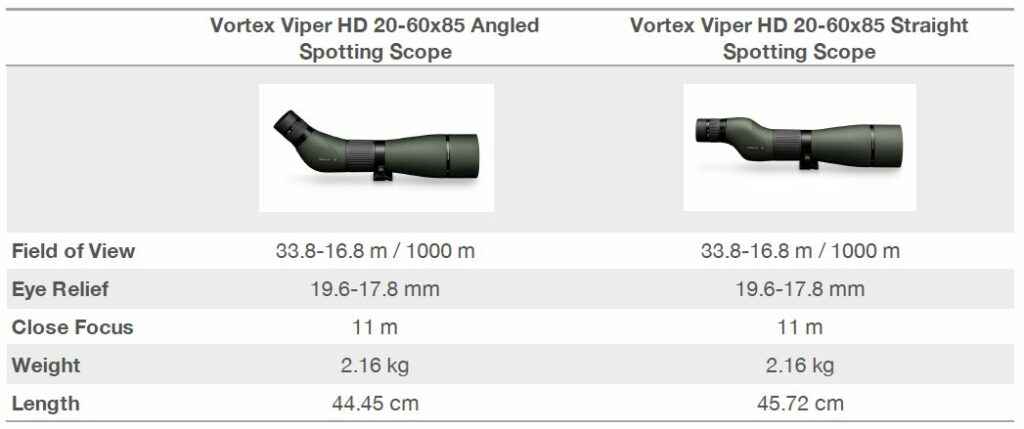
As you can see, they do not differ in their characteristics, with the only exception that a straight scope will be slightly longer. Picture quality, weight and price are equal.
With a straight scope, it will definitely be easier and faster for you to glass on an animal, since it is a straight line to target. Your eyes will be directed towards the object, so you can quickly switch between the scope and the object.
With a straight scope, it is much more comfortable to look from a steep slope, while everything is exactly the opposite with an angled scope.
The eyepiece of the angled spotter looks up, forming a small cup that collects rain or snow drops while you paused glassing.
Advanced users use binoculars with a wide field of view while panning the area for an object and next when they find the target they switch to the scope to zoom in on the picture. With a straight scope, you don’t have to change the height of the tripod, while with an angled scope, you have to raise it to mount the binoculars. By doing that you risk losing your focus on target.
The shape of the straight scope is definitely more packable than angled
In general, it can be noted that the design of a straight scope is simpler and more understandable, as it forms a straight line in the direction of the target.
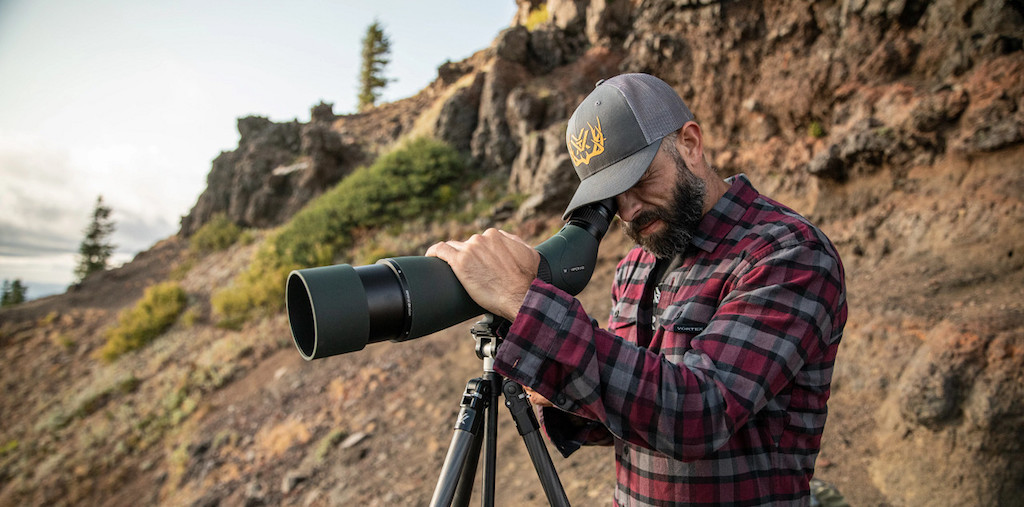
Due to the low center of gravity, the scope-tripod combo will be more stable. Low tripods are more compact and lightweight which is a plus.
A natural slight tilt of the head is maintained while you glass so you can enjoy viewing for longer
Since you usually look down through the eyepiece, it will be easier for you to turn the scope up without arching your neck.
If your company has people of different heights, you can switch between them simply by turning the eyepiece to the desired level, while the scope will remain directed towards the object.
Just place your scope on a backpack or some stable surface, lie down next to it and it will be easier for you to find a comfortable position than with a straight scope.
With proper setup during competition, the shooter can switch between spotting scope and a rifle with a slight move of the head. The spotting scope is often used by shooters to determine the wind direction and shot results.
Again, since it is easier to look up through an angled scope, 60x magnification will allow you to admire the stars.
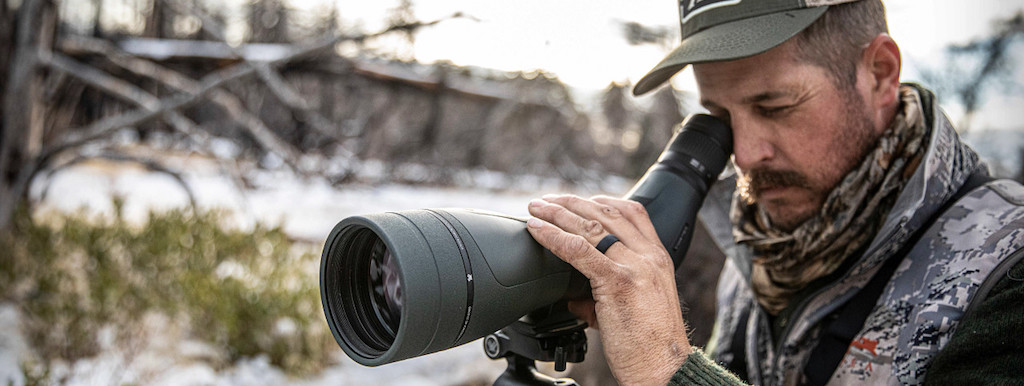
If you plan to use the binoculars on the same tripod, you’d be better off opting for a straight scope, as you won’t need to change the tripod’s height every time you move it.
If you’re looking at fast-moving animals, a straight scope is also useful, as it will allow you to keep your head in the direction of the target and quickly switch from spotter to rifle scope.
For hunting from a tree stand, you will have to look down for a long period of time, which means that a straight scope will be more preferable.
An angled scope will be convenient in all other cases, given that the ground when installing a tripod is usually not levelled, the rotating eyepiece will allow you to choose the optimally comfortable position. A low tripod will have more stability and stealth, and in some situations you will even be able to observe from behind cover.
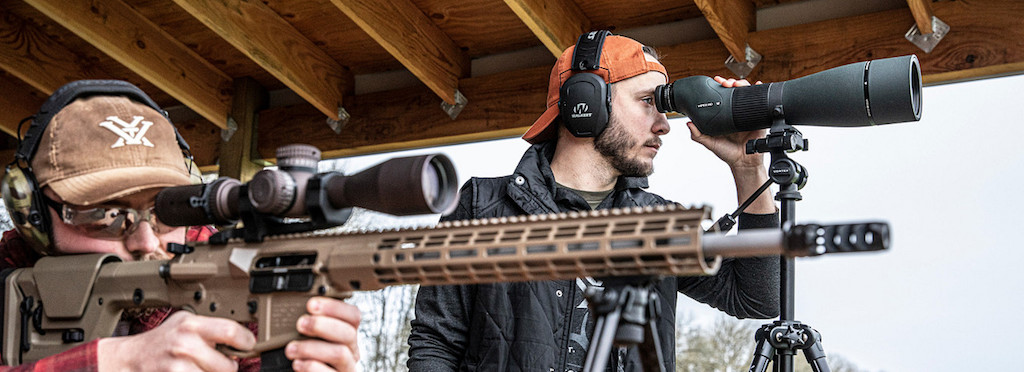
As noted above, the angled scope will be convenient for the shooter, as it allows you to quickly switch between the spotter and the scope with slight turn of the head.
Also, if you are considering buying a spotting scope for judging or oversight purposes, the angled scope is convenient because it can be used by multiple users at the same time, and it allows long-term observation with neck comfort.

An angled scope will have an advantage in this case, due to the fact that it is comfortable to look upwards.
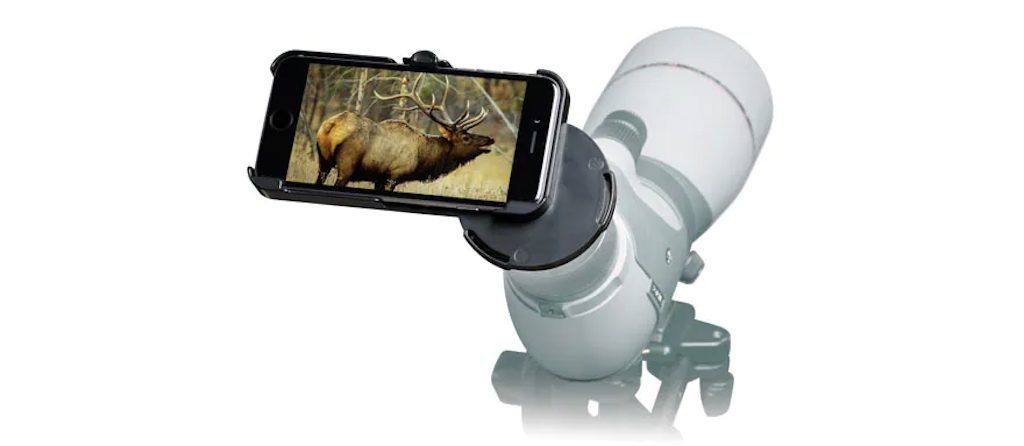
An angled eyepiece will allow you to view shooting from a more natural head position, while a straight will allow you to aim faster and reduce glare on your smartphone or camera screen.
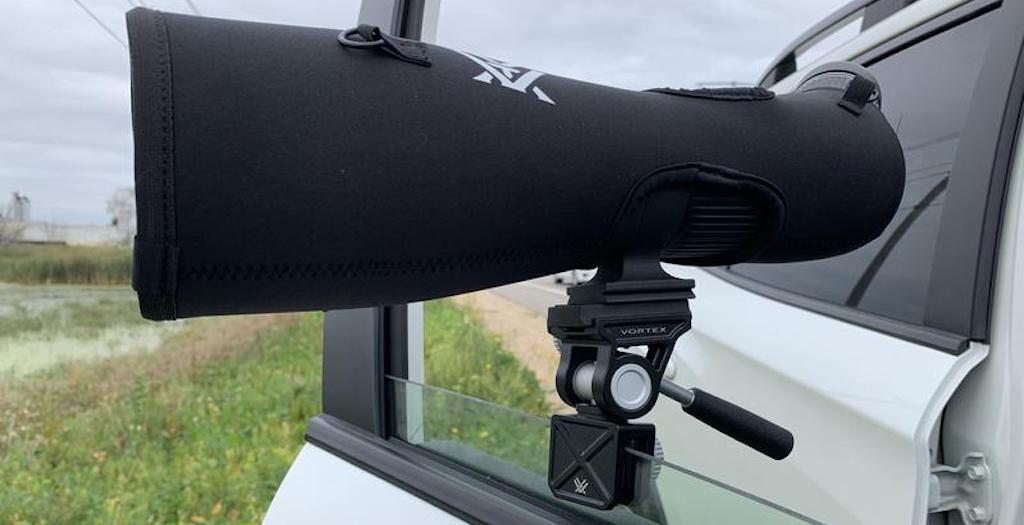
With a special mount, you can install your scope on the window of your car, but the shape of the scope will depend on your physical characteristics and what are you going to observe. If you are a small person in a large car, then most likely you should opt for a straight scope.
The angled scope is convenient because you will have large viewing angles, you can point directly in front of your car, as well as behind and up.
Given the characteristics above, you have a tough decision to make. Try to weigh the pros and cons and you will get exactly the option that will be convenient in your situation.
Ideally, you should be able to test both options and then make a decision, and if budget allows you to buy both, then go for it and use them depending the type of glassing you are doing.
